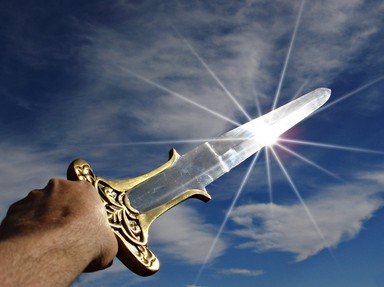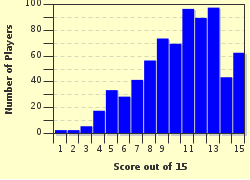Quiz Answer Key and Fun Facts
1. This battle was fought to draw the German pressure away from Verdun in World War I.
2. The Germans used lethal poison gas on a large scale for the first time around which Belgian town?
3. Also known as the Battle of Rheims, this battle was the site of the last major German offensive of the war.
4. Where did the Japanese surprisingly defeat the Russian navy?
5. At this battle, General Bernard Montgomery decisively defeated the Desert Fox, Erwin Rommel, to turn the tables in North Africa.
6. Considered by many to be the worst British defeat of World War II, this colonial island was overrun by the Japanese.
7. Which Eastern Front battle halted German momentum in a large-scale surrender?
8. This U.S. naval victory is generally regarded as a key turning point in the war in the Pacific.
9. This operation, or series of battles, contained the largest amphibious operation and the second largest airborne operation in history.
10. The bloody battle on this island was a little known battle that saved Australia from invasion.
11. Which battle was the brainchild of Douglas MacArthur and also the turning point of the Korean War?
12. Known to the Israelis as the War of Independence or Liberation, this 1948 war established Israel as a strong presence in the Middle East.
13. Which Marine base in Vietnam was besieged by the North Vietnamese in one of the larger battles of the war?
14. An amazing North Vietnamese supply chain led to an attack on this major city, where the U.S. forces were barely expecting it.
15. Two Delta Force snipers were awarded the Medal of Honor posthumously for heroism in this battle.
Source: Author
kabeesh
This quiz was reviewed by FunTrivia editor
bloomsby before going online.
Any errors found in FunTrivia content are routinely corrected through our feedback system.


